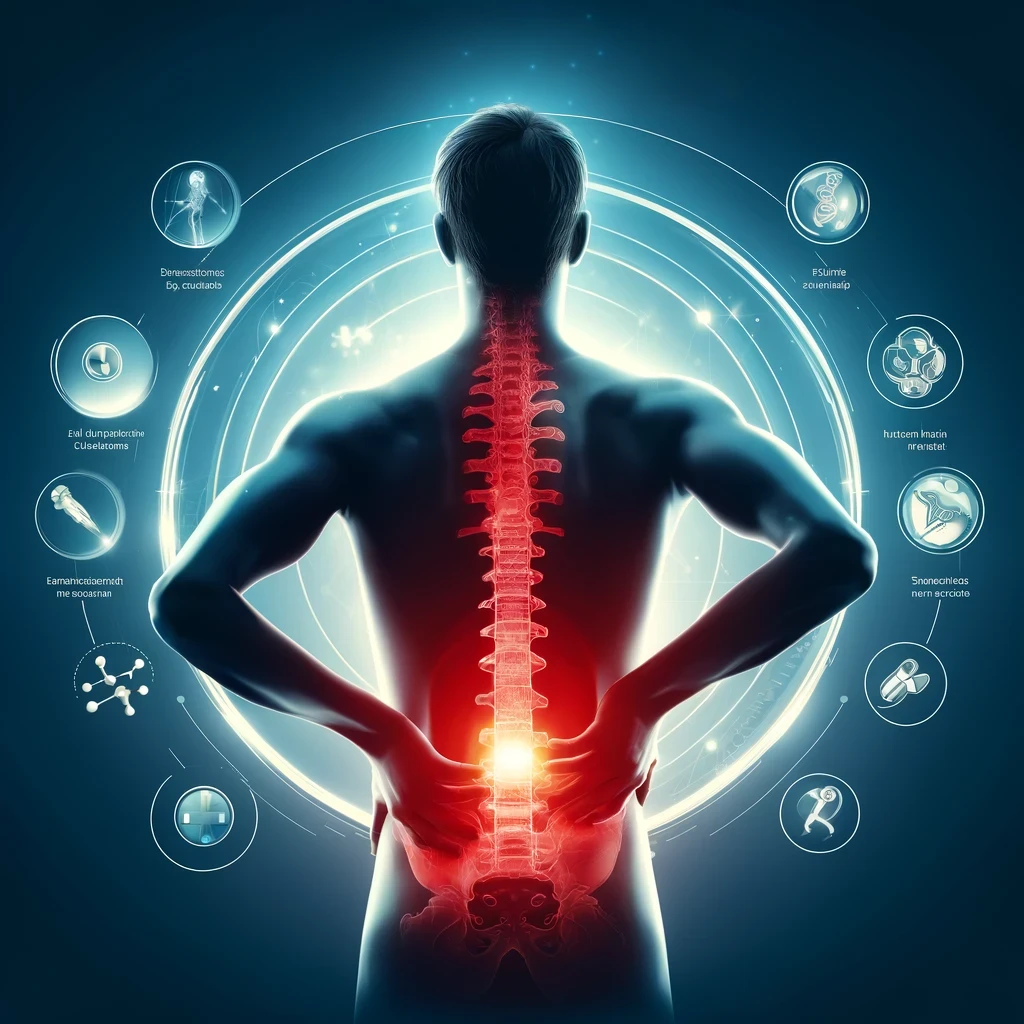
Table of Contents
Back pain is a common ailment affecting millions of people worldwide. It’s not only a source of discomfort but can also significantly impact one’s quality of life. In this comprehensive guide, we’ll delve deep into the symptoms, causes and the most innovative treatments available for back pain. Whether you’re dealing with occasional discomfort or chronic pain, understanding the root causes and available treatments is crucial for effective management.
Understanding Back Pain
What is Back Pain?
Back pain can be described as any discomfort or pain that occurs along the spine or in the muscles and nerves surrounding it. It can range from a dull, constant ache to a sudden, sharp pain that makes it hard to move.
Common Symptoms of Back Pain
Recognizing the symptoms of back pain is the first step toward effective treatment.
Acute vs. Chronic Back Pain
- Acute Back Pain: This type of pain comes on suddenly and typically lasts less than six weeks. It’s often the result of an injury or overuse.
- Chronic Back Pain: Pain that persists for more than three months is considered chronic. It may be constant or come and go, making it more challenging to manage.
Red Flags to Watch For
Certain symptoms require immediate medical attention, such as severe pain following a fall, unexplained weight loss, fever or numbness in the legs.
Causes of Back Pain
Muscular and Ligament Strain
Overstretching or tearing muscles and ligaments is a common cause of back pain. This can result from heavy lifting, sudden movements or poor physical condition.
Structural Problems
Herniated Discs
Discs act as cushions between the vertebrae. When a disc ruptures, it can press on the nerves, causing pain.
Sciatica
This condition occurs when the sciatic nerve is compressed, leading to pain that radiates down the leg.
Degenerative Conditions
Osteoarthritis
This type of arthritis affects the lower back, causing pain and stiffness.
Spinal Stenosis
A narrowing of the spinal canal can put pressure on the spinal cord and nerves, leading to pain.
Injuries and Accidents
Trauma from falls, car accidents, or sports injuries can result in back pain, often due to fractures or muscle damage.
Lifestyle Factors
Poor Posture
Slouching or improper sitting can strain the back muscles over time.
Sedentary Lifestyle
Lack of physical activity can weaken the muscles, making the back more prone to pain.
Diagnosing Back Pain
Medical History and Physical Examination
A thorough medical history and physical exam are crucial for diagnosing back pain. Your doctor will ask about your symptoms, lifestyle and any previous injuries.
Imaging Tests
X-rays
X-rays can reveal bone abnormalities, such as fractures or arthritis.
MRI and CT Scans
These imaging tests provide detailed pictures of the spine’s soft tissues, including discs and nerves.
Diagnostic Injections
Injections can help pinpoint the source of pain by numbing specific areas of the back.
Conventional Treatments for Back Pain
Medication
Over-the-Counter Pain Relievers
Medications like ibuprofen and acetaminophen can help alleviate mild to moderate pain.
Prescription Medications
For more severe pain, doctors may prescribe muscle relaxants or opioids.
Physical Therapy
Physical therapy involves exercises and stretches to strengthen the back muscles and improve flexibility.
Surgery
In severe cases, surgery may be necessary to correct structural problems, such as herniated discs or spinal stenosis.
Revolutionary Treatments for Back Pain
Minimally Invasive Spine Surgery
This technique involves smaller incisions, resulting in less pain and quicker recovery times compared to traditional surgery.
Regenerative Medicine
Stem Cell Therapy
Stem cells can regenerate damaged tissues, offering a promising treatment for chronic back pain.
Platelet-Rich Plasma (PRP) Therapy
PRP involves injecting concentrated platelets to promote healing and reduce inflammation.
Advanced Pain Management Techniques
Radiofrequency Ablation
This procedure uses heat to destroy nerve fibers carrying pain signals.
Spinal Cord Stimulation
Electrical impulses are used to block pain signals from reaching the brain.
Lifestyle Changes to Manage Back Pain
Exercise and Stretching
Regular exercise and stretching can strengthen the back muscles, improve flexibility, and reduce pain.
Ergonomics and Posture Correction
Adjusting your workspace and practicing good posture can help prevent back pain.
Weight Management
Maintaining a healthy weight reduces strain on the back muscles and spine.
Stress Reduction Techniques
Stress can exacerbate back pain. Techniques like yoga, meditation, and deep breathing can help manage stress.
Using a Back Brace
A back brace can provide additional support to the lower back, reducing pain and preventing further injury. It’s particularly useful for people who need to perform physical activities or lift heavy objects regularly. Back braces help by stabilizing the spine, improving posture, and limiting certain movements that can aggravate pain.
Conclusion
Understanding the symptoms, causes, and treatments of back pain is essential for effective management. By exploring both conventional and revolutionary treatments, and making lifestyle changes, you can significantly improve your quality of life and reduce back pain.
FAQs
How to relieve back pain?
To relieve back pain, try over-the-counter pain relievers, apply heat or ice, maintain good posture, do gentle stretching and exercises, and consider using a back brace. If pain persists, consult a healthcare professional for personalized treatment options.
How do you know if back pain is serious?
Back pain may be serious if it is accompanied by symptoms like numbness, weakness, fever, unexplained weight loss or pain following an injury. If pain persists or worsens over time, consult a healthcare professional for a thorough evaluation.
What is the fastest way to recover from back pain?
The fastest way to recover from back pain includes rest, applying ice or heat, taking over-the-counter pain relievers and doing gentle stretching exercises. For persistent pain, consult a healthcare professional for a tailored treatment plan.
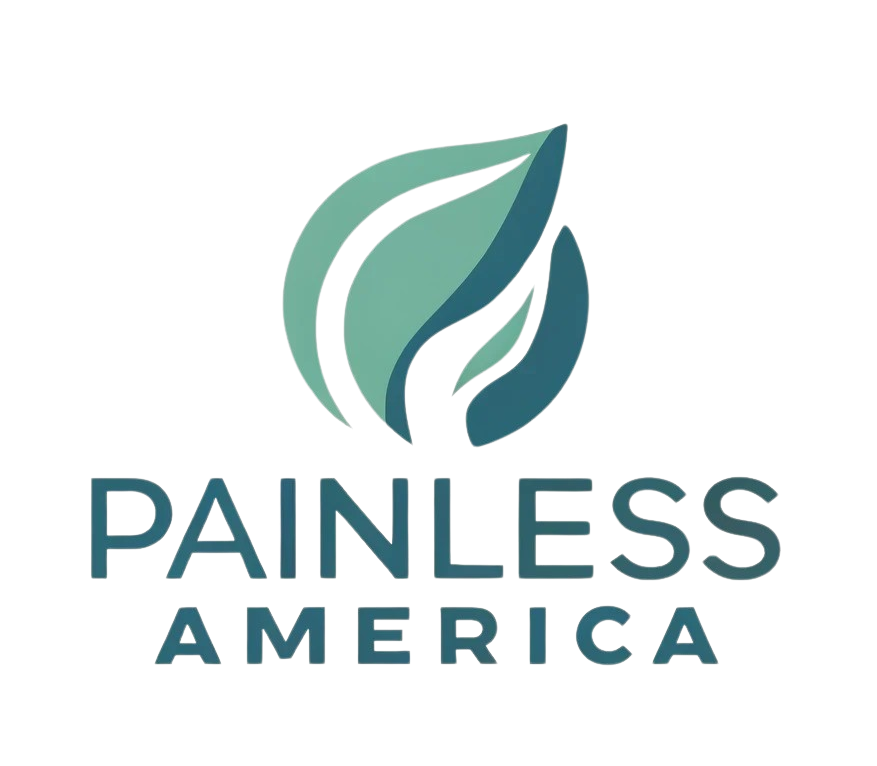
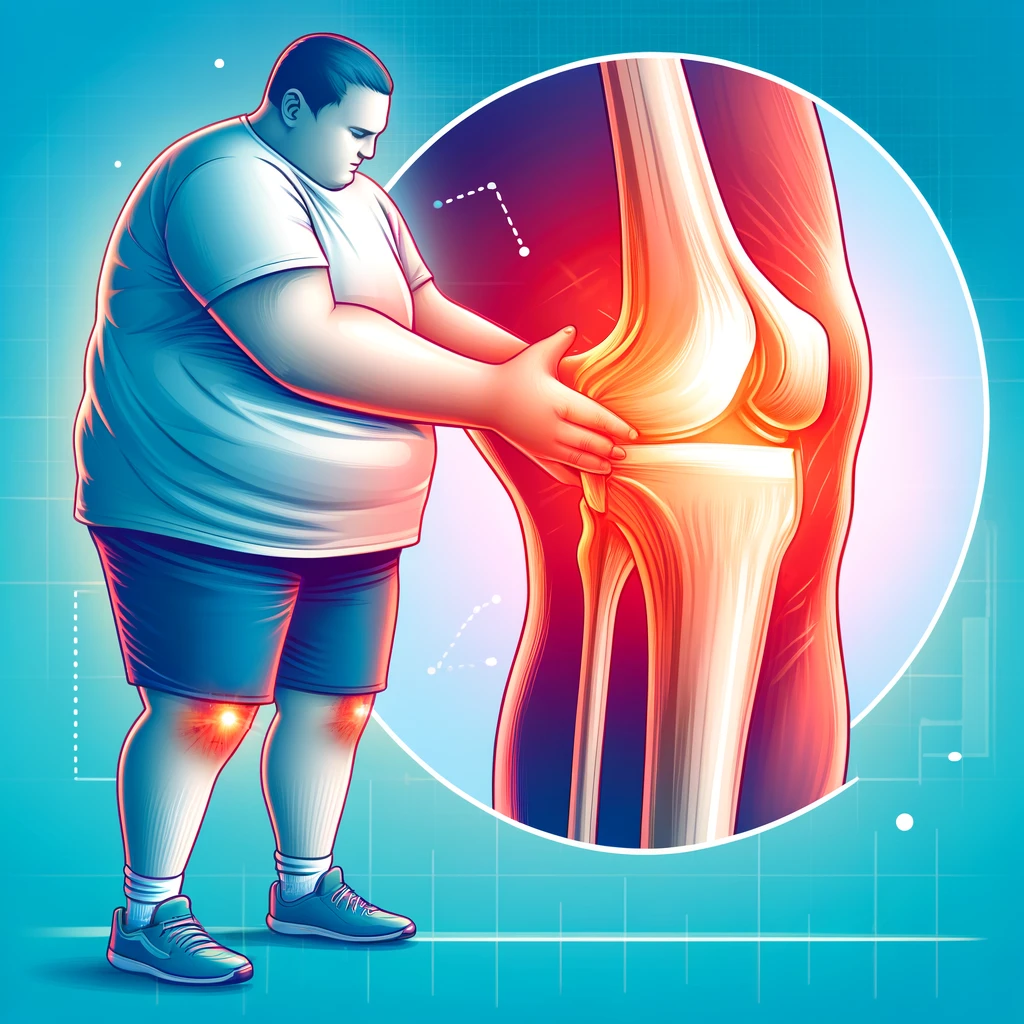
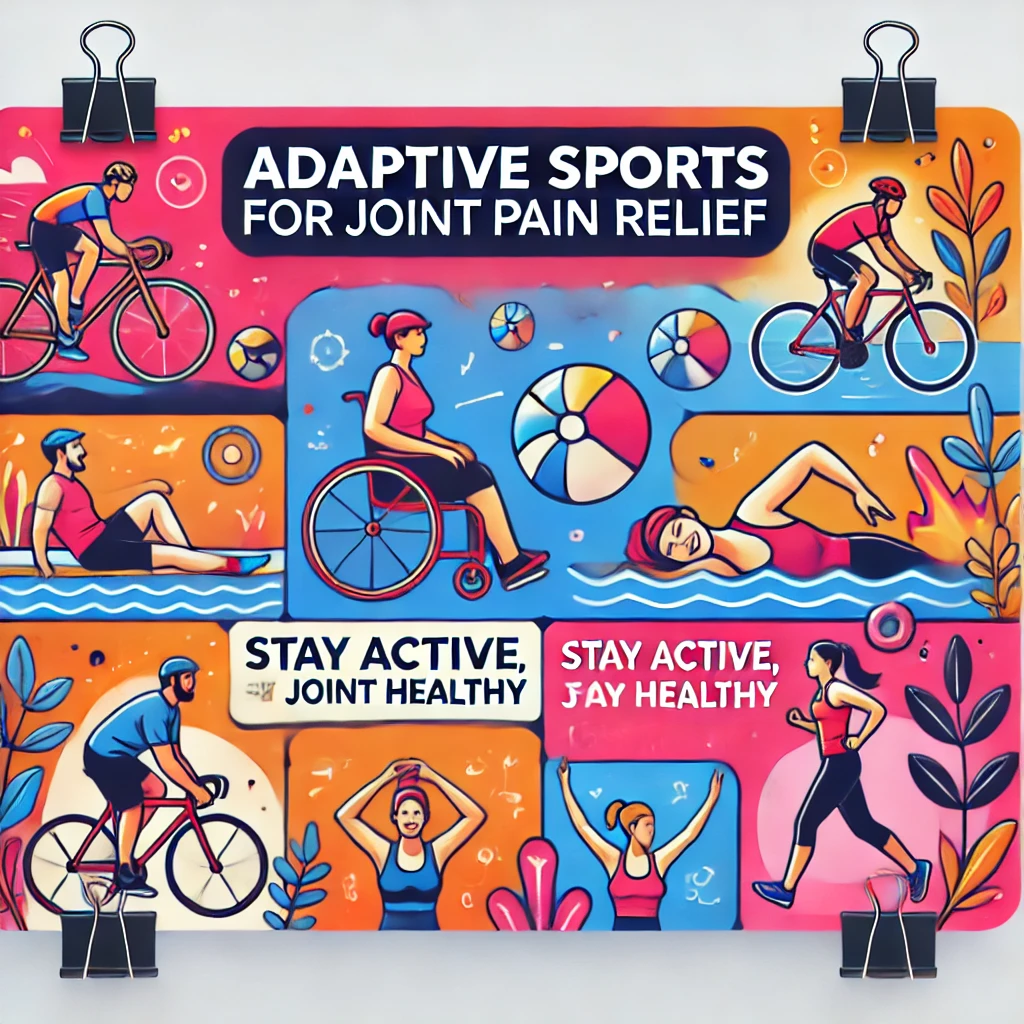
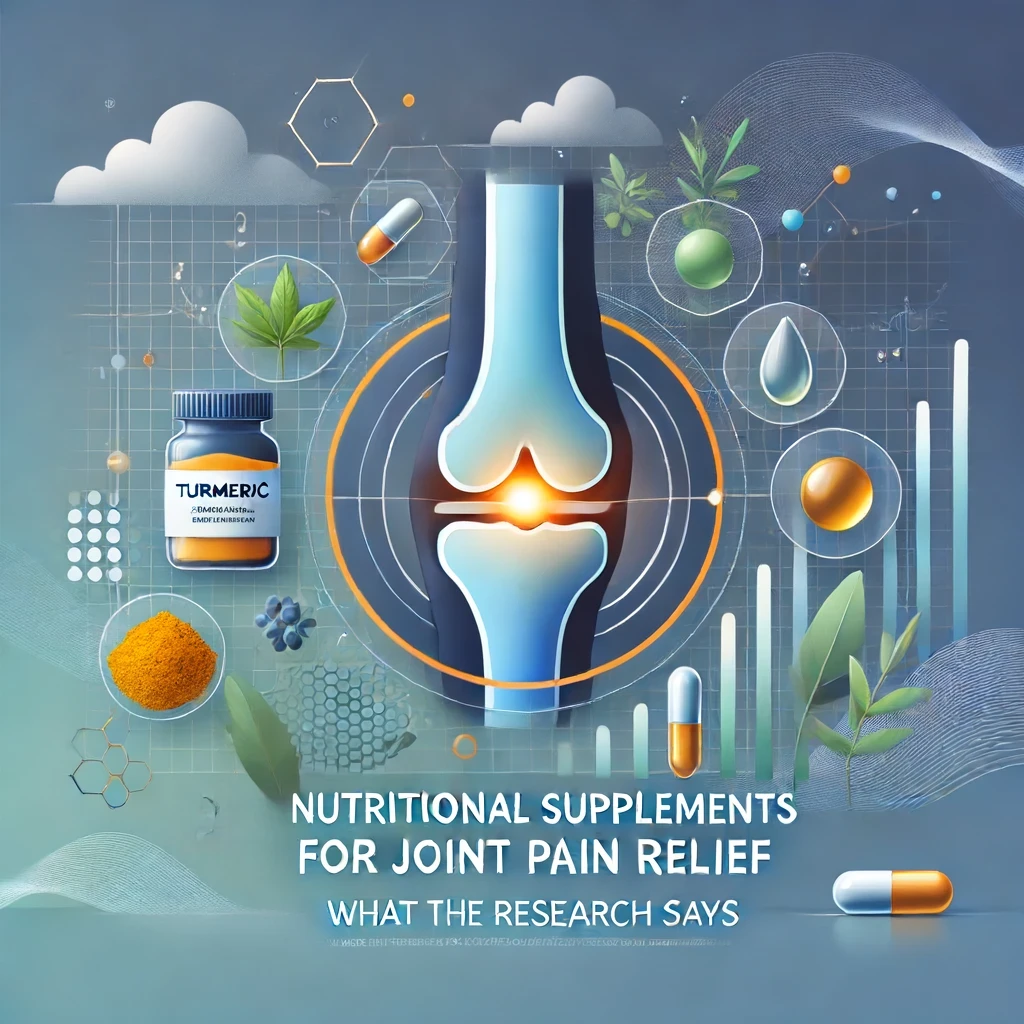
Thanks for the straightforward advice. It’s always a pleasure to read your blog!